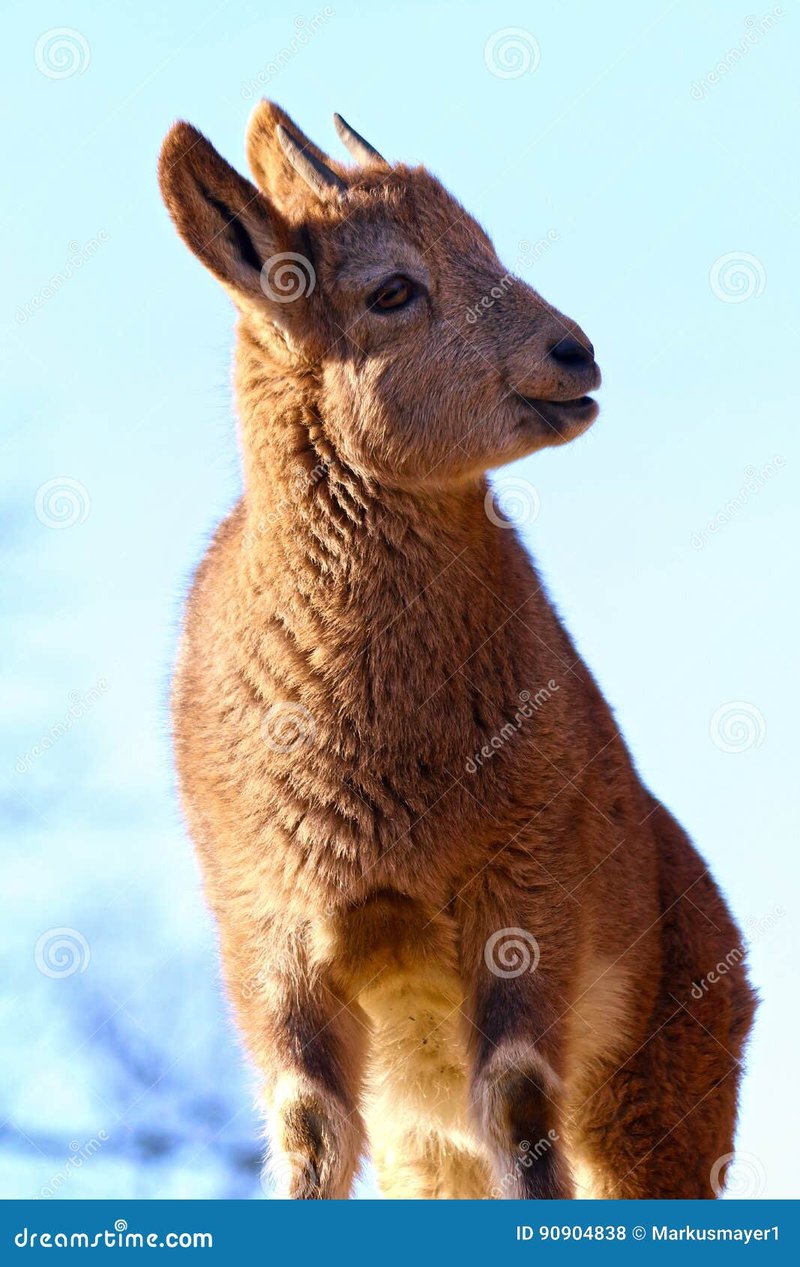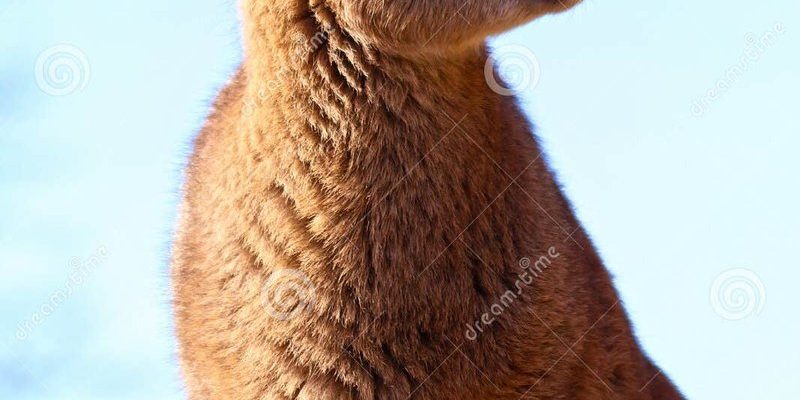
Ibexes belong to the goat family, and they are primarily found in the mountainous areas of Europe, Asia, and North Africa. There are various species of ibex, each with its unique adaptations and characteristics. As we dive into these ten captivating facts, you’ll see just how remarkable these creatures really are and why they hold a special place in their ecosystems.
1. The Different Species of Ibex
You might be surprised to learn that there are several species of ibex, each adapted to its specific environment. Here are a few notable ones:
- Alpine Ibex: Found in the European Alps, this species is well-known for its remarkable climbing skills and distinct curved horns.
- Nubian Ibex: Native to North Africa, particularly in rocky areas, it has long, slender horns that can reach impressive lengths.
- Siberian Ibex: Residing in Central Asia, this ibex is adapted to cold, harsh climates and has a thicker coat to endure winter conditions.
Each species’ unique features highlight the incredible adaptability of ibexes. For instance, while the Alpine ibex thrives in steep and rocky terrain, the Nubian ibex has adapted to arid deserts. Isn’t it amazing how nature equips each animal for its specific habitat?
2. Incredible Climbing Skills
Here’s the thing: ibexes are not just good climbers; they’re exceptional. Imagine scaling vertical cliffs as effortlessly as we walk down the street! Their specially adapted hooves have a rough surface that provides traction on rocky slopes, enabling them to navigate steep terrains with ease.
Ibexes often climb to heights of over 13,000 feet. This stunning ability isn’t just for show—it helps them escape predators like wolves and golden eagles. Their agility allows them to leap from ledge to ledge, covering vast distances in a single bound. Watching an ibex effortlessly traverse its rocky kingdom feels like witnessing a natural performance that leaves you in awe.
3. Horns: A Sign of Strength
If you’ve ever seen an ibex, you’ve noticed its impressive horns. These massive, curved structures are not just for decoration; they play a crucial role in the animals’ life. Both male and female ibexes have horns, but the males’ are more prominent and can grow up to three feet long.
The horns serve multiple purposes. During mating season, males will engage in intense battles, clashing their horns to establish dominance and attract females. It’s a spectacle of power and agility, much like a wrestling match in nature. These fights can be fierce, but they’re also a vital part of establishing the social hierarchy within ibex herds.
4. Social Creatures: Herd Life
Ibexes are highly social animals that live in herds. These groups can range from small family units to larger gatherings of several dozen individuals. They often include females and young ibexes, while males may separate from the group during breeding seasons.
Living in a herd provides a sense of safety. With so many eyes scanning the landscape, the ibexes can detect potential threats more easily. They communicate through a series of vocalizations, body language, and even scent marking. Ever wondered how they feel secure on the edge of a cliff? It’s all about teamwork and vigilance in their tight-knit communities.
5. Unique Mating Rituals
You might be curious about how ibexes find their mates. Their mating season, known as the rut, usually occurs in the autumn. Males will display their strength and fitness by engaging in those dramatic horn battles we mentioned earlier. But that’s not all—males also perform a series of impressive movements, like bounding or snorting, to attract females.
The winning male earns the right to mate with the females in the area, showcasing the importance of strength and dominance in ibex society. After mating, female ibexes typically give birth to one or two kids in the spring. It can be quite a sight to see these tiny, agile youngsters following their mothers, already mimicking their remarkable climbing skills.
6. Diet: What Do Ibex Eat?
Let’s take a closer look at the ibex’s diet. You might be surprised to learn that these animals are herbivores, primarily feeding on grasses, shrubs, and even tree bark. Their adaptability allows them to thrive in various environments, consuming whatever is available.
During the summer months, ibexes seek out rich, green pastures, but as the seasons change, they rely on harder vegetation that can withstand the harsher weather. Their specialized stomachs help them digest tough plant material, enabling them to extract the nutrients they need to stay healthy. So next time you see an ibex, know that it’s not just looking majestic; it’s also on a mission to find its next meal!
7. Conservation Status: Protecting the Ibex
Here’s something to think about: while ibexes are fascinating, they also face significant threats. Many species have seen their populations decline due to habitat loss, hunting, and climate change. Conservation efforts are crucial to ensure that these remarkable animals don’t vanish from our landscapes.
In some regions, laws regulate hunting, and in others, protected areas have been established to preserve their habitats. Organizations work tirelessly to promote awareness and educate the public about these animals and the challenges they face. The survival of ibexes is not just important for them but for the health of the ecosystems they inhabit. It’s all interconnected.
8. The Role of Ibexes in Their Ecosystem
Ibexes aren’t just charming residents of mountainous regions; they play an essential role in their ecosystems. By grazing, they help control vegetation growth, maintaining a balance in their habitats. This grazing behavior can promote the growth of new plants and improve soil health.
Additionally, their presence supports various other wildlife species. Predators like wolves and eagles depend on ibexes for food, making the ibex a crucial link in the food chain. When you consider their impact on their environment, it’s clear that ibexes contribute significantly to the ecological balance of their mountainous homes.
9. Adaptations to Harsh Conditions
Living in rugged mountains comes with challenges, and ibexes have developed remarkable adaptations to cope. Their thick coats keep them warm in freezing temperatures, and their hooves are uniquely designed to grip rocky surfaces, allowing them to navigate steep cliffs.
In winter, when food becomes scarce, ibexes will often move down to lower altitudes in search of vegetation. This migratory behavior showcases their ability to adapt to changing conditions. Honestly, it’s like nature has given them a playbook on surviving in one of the most challenging environments out there.
10. Ibexes in Culture and Symbolism
Finally, it’s fascinating how ibexes have woven their way into various cultures and myths. In some traditions, they symbolize strength, agility, and perseverance. They often appear in art, folklore, and heraldry, reflecting the human admiration for these magnificent animals.
In modern times, ibexes have become popular symbols for conservation efforts, reminding us of the importance of protecting wildlife. They inspire people to appreciate and preserve the natural world, and aren’t we all a little better for it?
In conclusion, the ibex is not just another mountain-dwelling creature; it’s a symbol of adaptability, resilience, and the beauty of nature. From their incredible climbing skills to their complex social structures, these animals never cease to amaze. So, next time you think about wildlife, remember the ibex and all the incredible traits that make it a truly fascinating part of our world.

